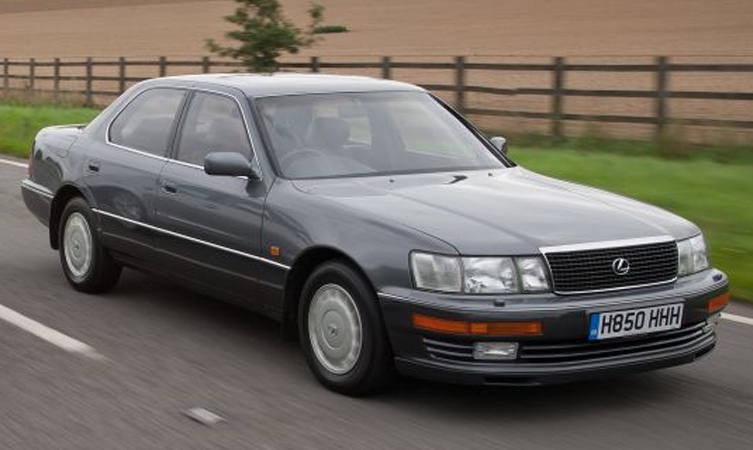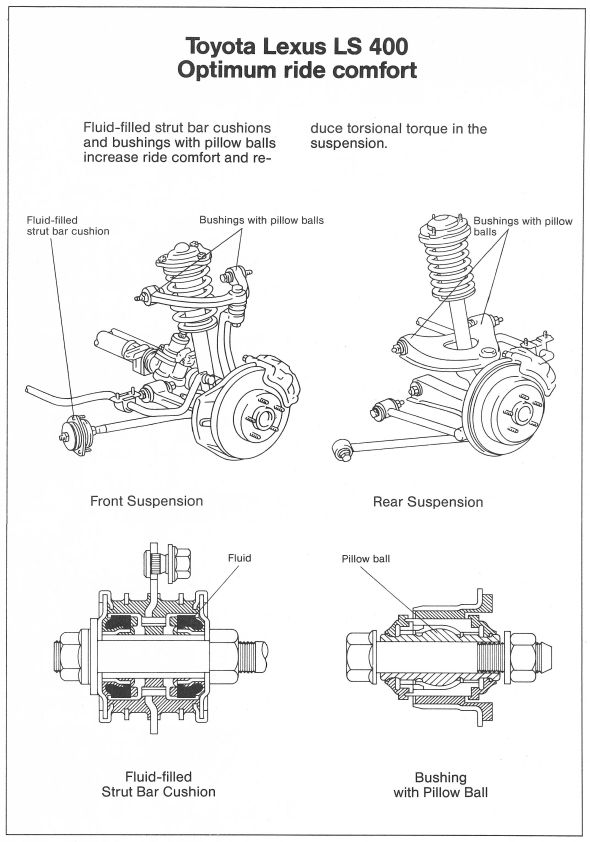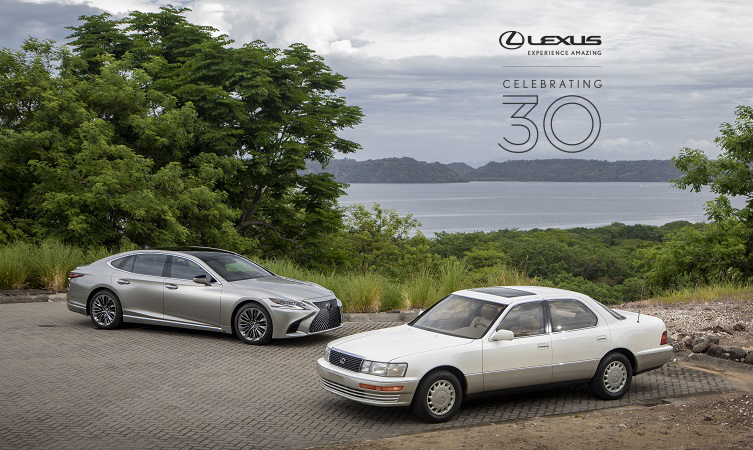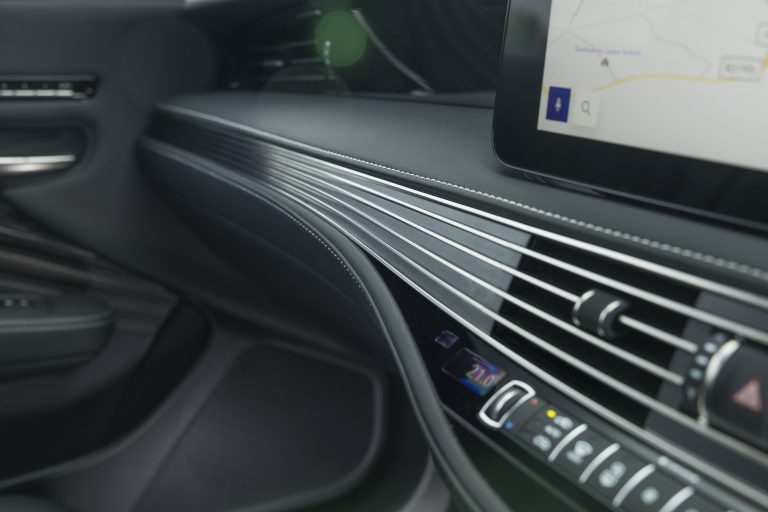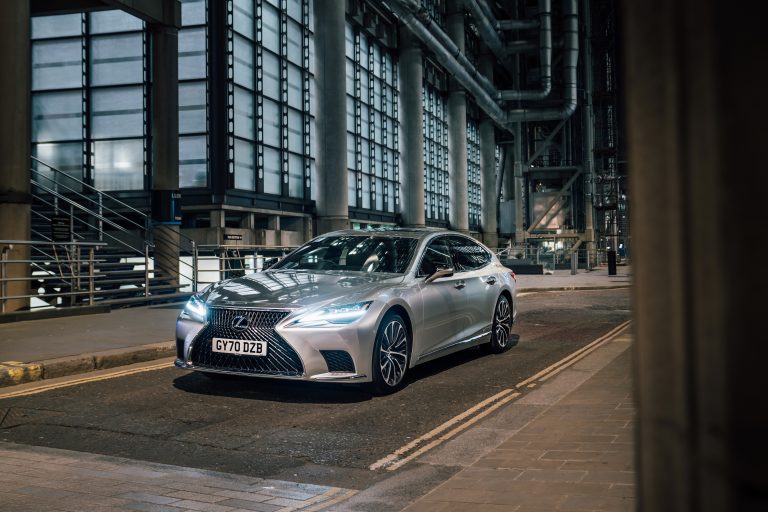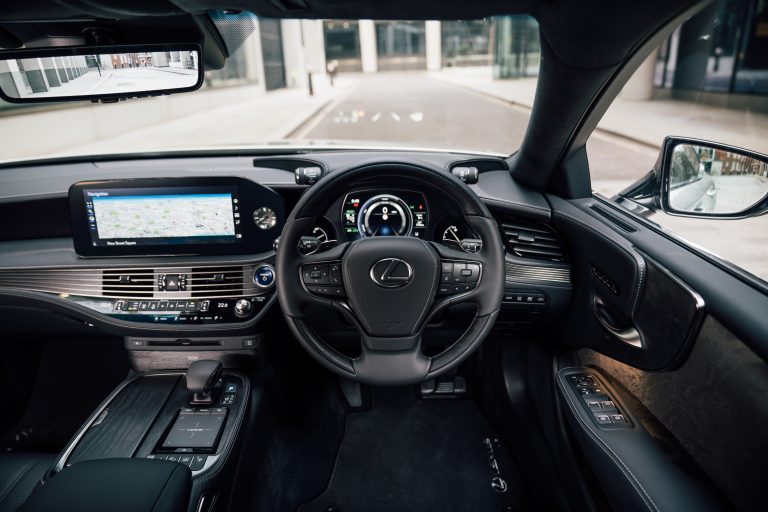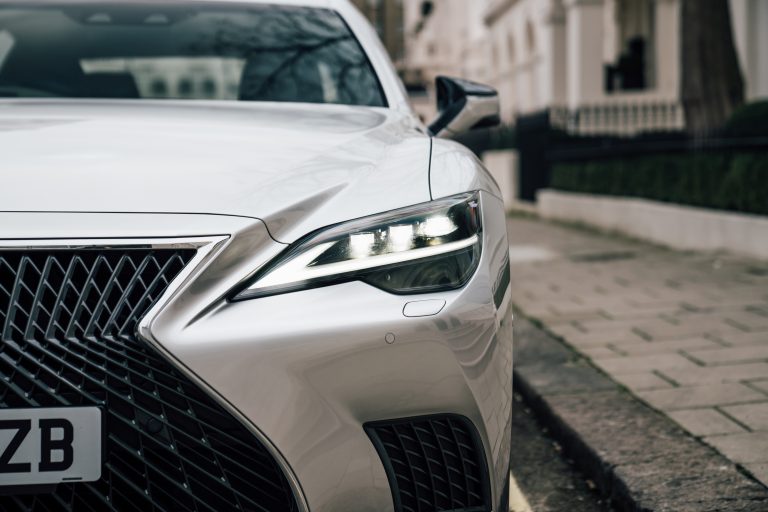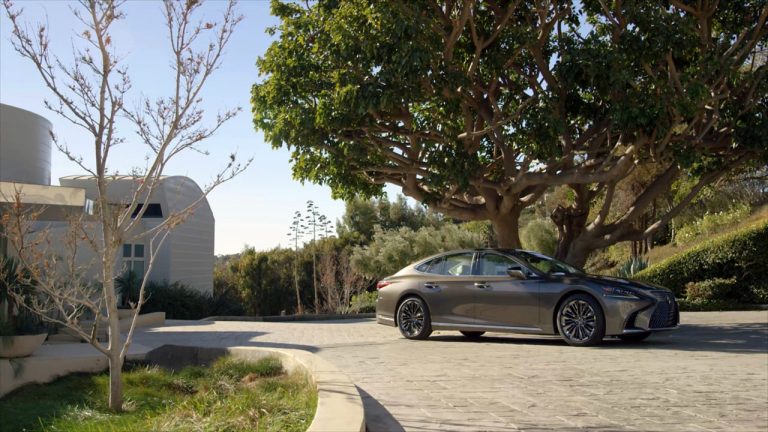Lexus Origins: Designing the Original Lexus
May 1987 is a landmark in Lexus history, the date when the design of what was to become the brand’s first production model was given the green light.
The sign-off on the styling of the “F1” came even before the name “Lexus” had been agreed. But two years later the design study was ready for its public debut at the North American International Auto Show in Detroit as the all-new, production-ready LS 400, the first car to carry the now famous “L” badge.
Beauty may be in the eye of the beholder, but the new LS couldn’t afford to deter customers if its lines were too radical, or too ordinary. This meant the design team kept largely to the familiar, square-ish lines of the established luxury market models of the day. At the same time, they broke new ground in producing precise, sleek and aerodynamically efficient styling – aerodynamics being a key contributor to the car’s unprecedented fuel efficiency and performance targets.
Dozens of wind tunnel tests were conducted, with the cars fitted with interior microphones to detect any intrusive wind noise. The commitment to excellence also saw 14 full scale models built in a 16-month period, compared to around just six for most new cars.
“Simple, clean, smart” were the watchwords for the styling, giving the LS the reassuring mass of a European car, combined seamlessly with the sleekness of a Japanese model.
Equal attention was paid to the interior, with rigorous attention to craftsmanship detail in areas such as the fine leather upholstery and quality of the wood trims (24 different varieties were assessed).
As well as the traditional luxury qualities customers would expect, Lexus also embraced technical innovation. For example, in creating the instrument panel, designer Michikazu Masu went against the modern trend for digital displays and instead came up with a new take on analogue dials, making each needle an individual fluorescent tube – miniature “light sabres” that illuminated before the rest of the instrumentation.
The LS 400 was conceived as a global model from the outset, which required an in-depth understanding of what the concept of “luxury” meant to international customers. What did they look for in a premium car and how did it reflect their lifestyles? Lexus’s research revealed that the top priority for American customers – essential to market success – was a prestigious image; performance was considered only the fourth most important quality. This made design a top consideration and it has remained a critical element in the development of every new Lexus since.
Today, Lexus has matured into an international brand that is respected as a pioneer of design innovation and creativity. Each of its vehicles has a powerful, individual identity, that combines elegance with power and contemporary design cues – not least the interpretation of the signature Lexus spindle grille.
Going beyond the application of its own, distinctive L-finesse design principles, it actively supports the talents of young and emerging designers working in many different fields through initiatives such as the annual Lexus Design Award and the commissioning of original art installations at Milan Design Week.
It has also looked beyond the automotive world to apply its design thinking to new projects including the high-tech Lexus hoverboard and the new LY 650 luxury sport yacht.
ENDS

